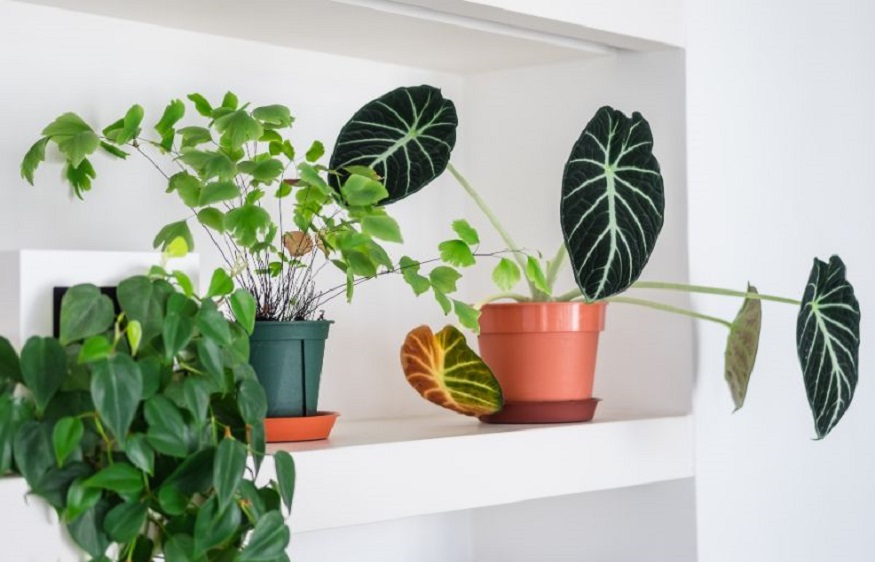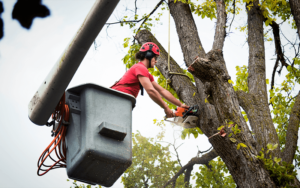
BRING IN CHILLY PLANTS
After spending beautiful days outside, it’s time to bring in the cacti , green plants and flowering plants to spend the winter in the shelter . Don’t wait for cool nights and shorter days. Ficus, philodendrons, indoor azaleas, kalanchoes and others are cleaned before being brought inside. Remove dry leaves and faded flowers. Surface the pots and add a little horticultural compost. Adjust the watering to the temperatures of your rooms and repot those that are cramped in their pot.
CONTROL THE HUMIDITY
Along with light, humidity is important to keep indoor plants all winter long. The air can quickly become dry, because of the heating . Foliage and flowers can dry out over the weeks. If necessary, place the plants in saucers filled with clay pebbles and water to establish constant humidity. In winter, the ideal place to grow indoor plants is a room with a temperature of 18° C, day and night. If the leaves turn yellow and the flower buds fall off, one after the other, these are signs that the interior is too dry.
BRING THE RIGHT LIGHT
Plants need this light , which is essential for photosynthesis . Place your plants near a light source such as a window sill or near a bay window or roof window. Beware all the same of exposure to the scorching sun of winter in the south of France. The sun’s rays can cause burns on the leaves.
DUST THE FOLIAGE
A plant covered in dust has difficulty breathing. Take advantage of this quieter period in the garden to clean the foliage and dust the indoor plants . Pass foliage of ficus, philodendron, yucca and spathiphyllum under the shower head. Take a damp cloth for more fragile foliage. Use a brush for the delicate foliage of saintpaulias, gloxinias and begonias.
START FORCING SPRING BULBS
From October, buy spring bulbs such as tulips, narcissus or hyacinths to make them bloom indoors from December . Place them at the bottom of the refrigerator or in a cellar for a month, then plant them in pots of soil or position them on a forcing vase to flower your interior for Christmas.
MONITOR PEST ATTACKS
Be careful because these conditions are favorable to the development of diseases and the proliferation of pests (aphids, scale insects, flies) . Regularly monitor your plants and adapt the care to the symptoms. Choose natural solutions!
REPOTTING HOUSEPLANTS
Along with spring, autumn is a good time to repot plants that are cramped in their pots .
MANAGE INDOOR PLANT WATERING
Flowering plants or green plants, the water needs can be different and adapt according to the environment, more or less light, more or less heated . In general, add water when the surface soil is dry. Most plants are watered from above. Prefer a drench for orchids and plants with fragile foliage such as Saintpaulias . Foliage spraying is possible for smooth leaves like ficus, monstera or pothos. When buying, ask the seller for watering advice.
BRING IN THE CACTI
Except in the south of France, cacti (echinocactus, rhipsalis ) and succulent plants (schlumbergera, kalanchoe , crassula) must be brought in to spend the winter in a sheltered place , in a frost-free and unheated room (between 5 and 10 ° C), with good luminosity. Clean the leaves, stop the addition of fertilizers and watering, monitor the presence or absence of insects, so many things to do to grow cacti and succulents in good health.
PLANT AN AMARYLLIS BULB
In bloom all winter, plant the amaryllis bulb from October to February . Provide a large pot lined with gravel or clay pebbles for drainage. Water lightly to settle the soil. Then enjoy the amaryllis all winter long by resuming regular watering.







